Guide to Safely and Effectively Update BIOS on Windows Computers
The BIOS is located on the motherboard of your laptop and is an integral part of any personal computer. Regularly updating the BIOS can improve performance, fix bugs, and support new features. However, many people are hesitant to perform this task. This article will guide you on how to update the BIOS safely and effectively.
Methods to Update BIOS
If previous articles have helped you resolve BIOS-related issues, like BIOS not recognizing USB devices, and you’re curious about how to update the BIOS, here are the available methods:
- Quick BIOS Update
- F7 BIOS Flash Update
- iFlash BIOS Update
- ISO Image BIOS Update
- BIOS Recovery Update
In this article, we’ll focus on the Quick BIOS Update method, as it is the simplest and safest option for users.
Important Considerations Before Updating BIOS
1. Check the Current BIOS Version
Step 1: Access System Information.
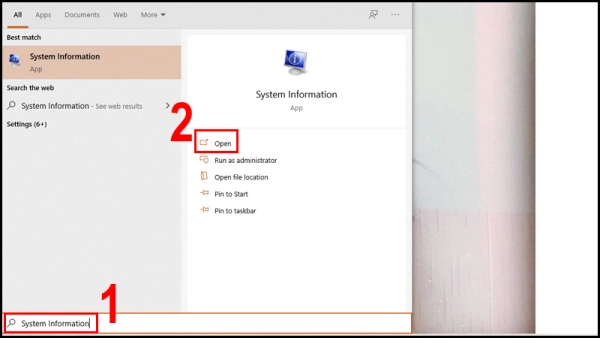
Step 2: Look for the version under BIOS Version/Date.
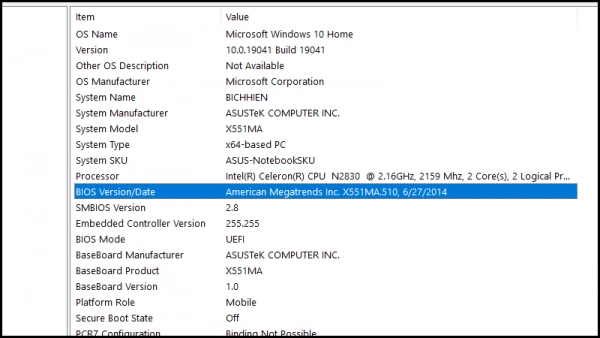
After identifying your current version, visit the manufacturer’s website to see if your device is running the latest version. If it is the latest version, there’s no need to update. Otherwise, if your device is running an older version, an update is necessary.
2. Ensure the Computer Has Enough Battery
To avoid interruptions during the BIOS update, ensure your computer has enough battery power. Ideally, keep the laptop plugged in while updating the BIOS.
3. Back Up Your Data
To ensure that no data is lost, back up your files before updating the BIOS. This is just a precaution in case something goes wrong; usually, updating the BIOS does not affect your data.
4. Disconnect External Devices
Before updating the BIOS, ensure that all external devices like external hard drives, USBs, printers, and scanners are disconnected.
5. Log In as an Administrator
Make sure your computer is logged in as an administrator so that the BIOS update can be installed properly.
How to Perform a Quick BIOS Update
This guide covers updating the BIOS on a Dell computer. If you use a different brand, refer to the manufacturer's support website.
Here are the support pages for updating BIOS on different brands:
- Update BIOS on ASUS: Click here
- Update BIOS on HP: Click here
- Update BIOS on Lenovo: Click here
Step 1: Suspend Device Protection
Find and access Manage BitLocker.
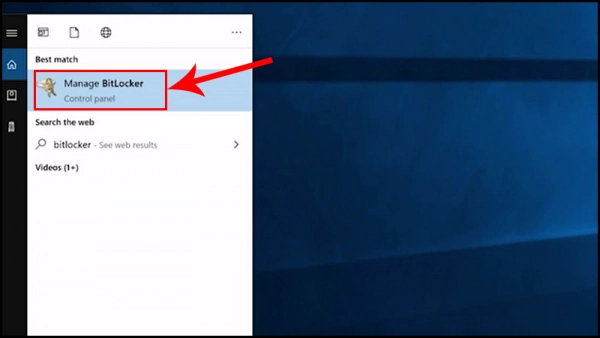
Select Suspend protection > Choose Yes.

Step 2: Identify Your Device Model
Visit the link provided HERE.
There are three ways to identify your device model:
Method 1. Click on Download & Install SupportAssist to automatically detect your Dell product.
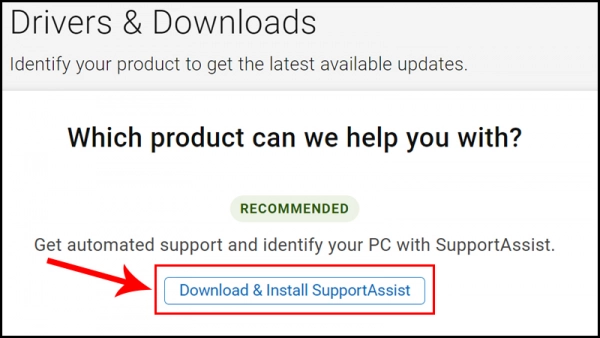
Method 2. Enter your Dell computer's Service Tag, Express Service Code, or serial number > Click Search.
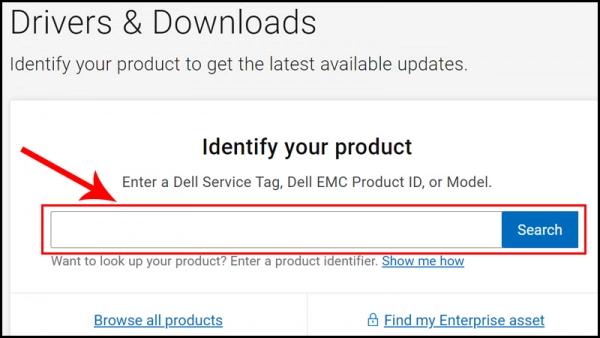
Method 3. Choose Browse all products to manually find your Dell computer.
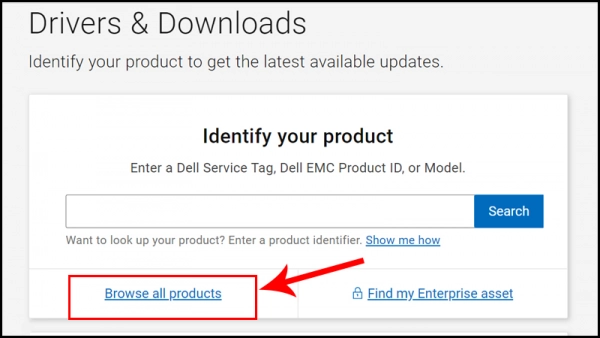
Step 3: Download BIOS Update
Select DRIVERS & DOWNLOADS > In the Category section, select BIOS > Click Download.
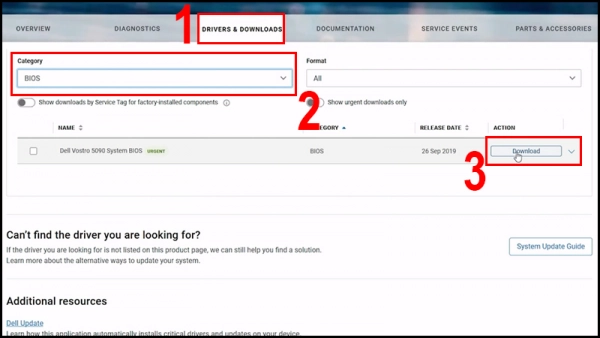
Step 4: Run the Downloaded Software
Launch the software you just downloaded > Choose Update.
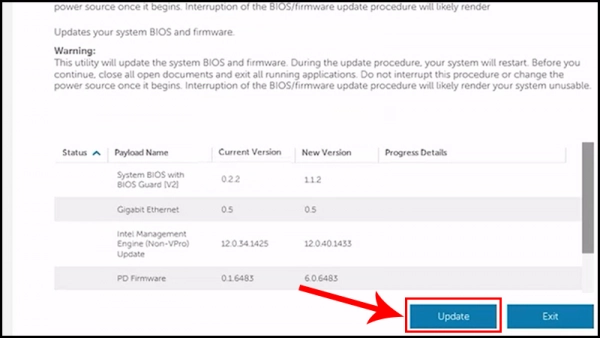
Step 5: Complete the Process
Choose Restart to complete the update.

This guide provides a safe and effective way to update the BIOS on a Windows computer. I hope you find this information helpful, and I look forward to seeing you in the next topic!
Submit feedback
Your email address will not be made public. Fields marked are required *
Search
Trend
-
What is Black Myth: Wukong? Detailed Guide on System Requirements and Gameplay
08-21-2024 . 1k view
-
The simplest and fastest way to log into the Chinese TikTok, Douyin.
01-10-2022 . 1k view
-
Blog sites that will accept AI generated content
07-26-2024 . 1k view
-
Call of Duty: Black Ops 6 - Intense, Mysterious, and Surprising Warfare
09-02-2024 . 1k view
-
The "End of Life" for Windows 10: A Massive E-Waste Threat and Sustainable Solutions
08-18-2024 . 947 view







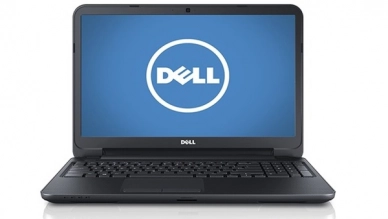

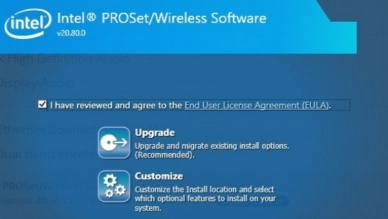
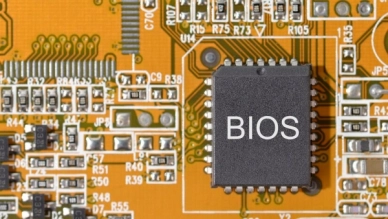
0 feedback